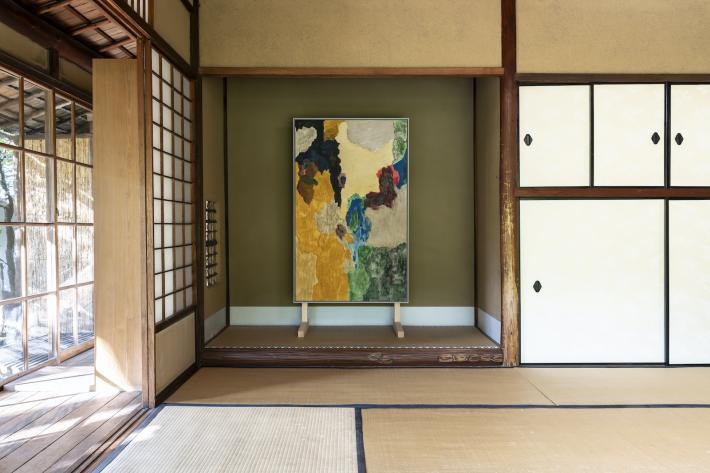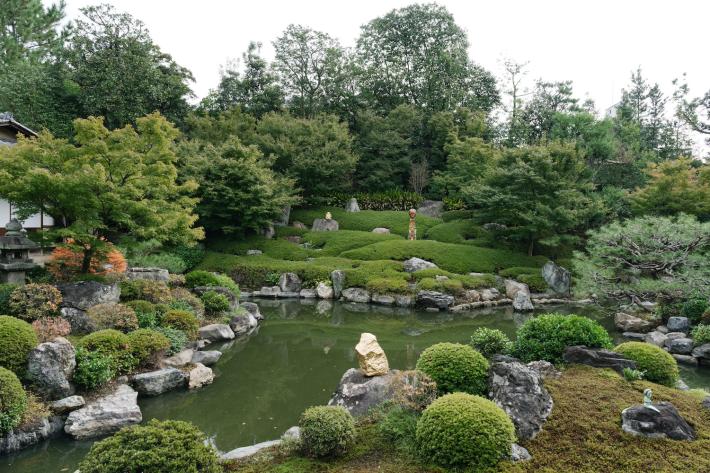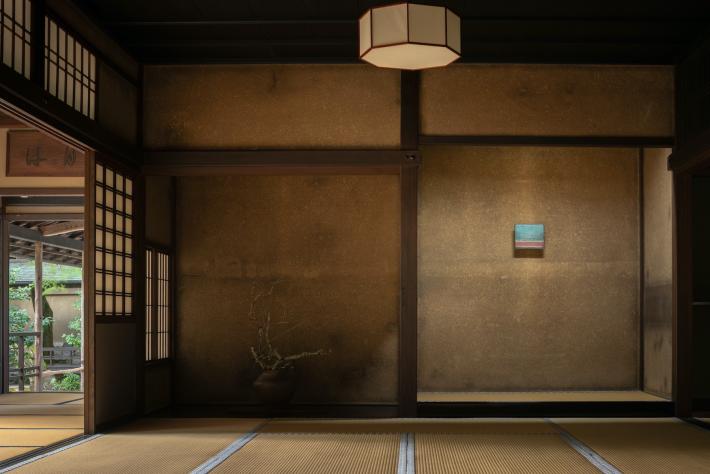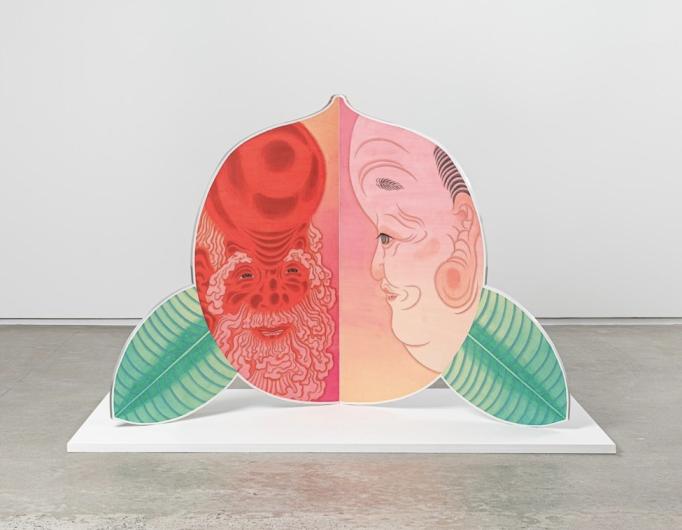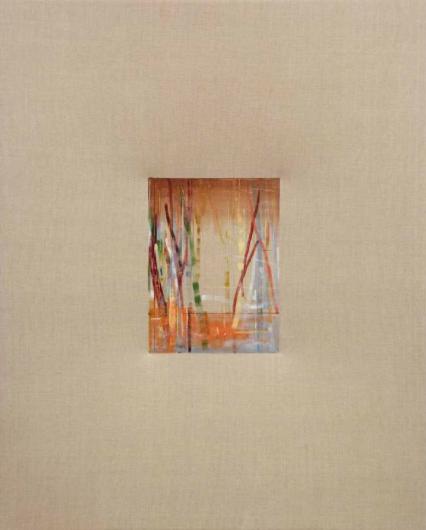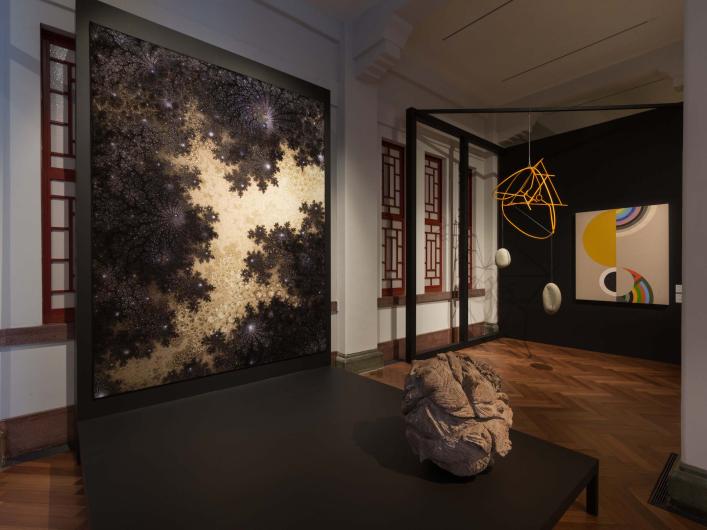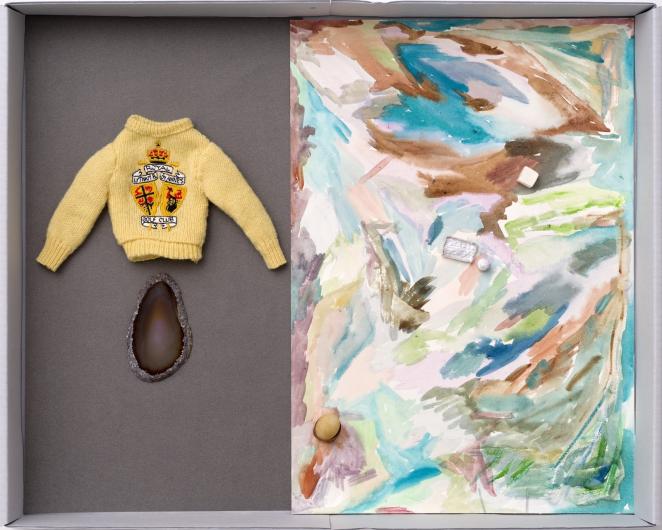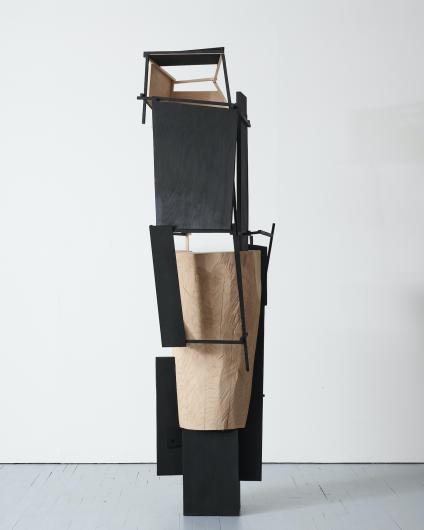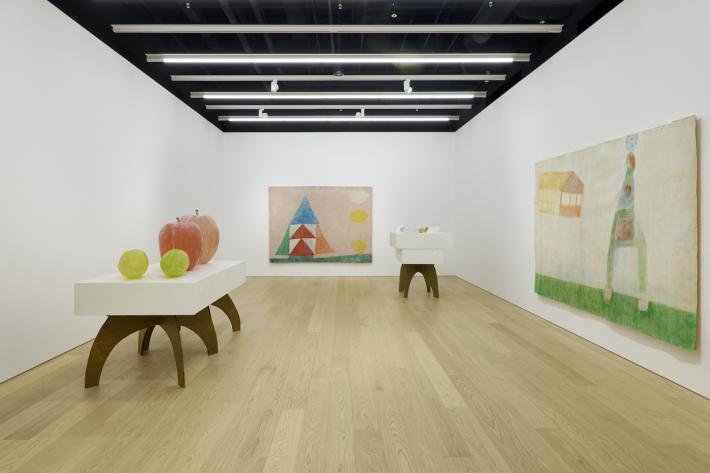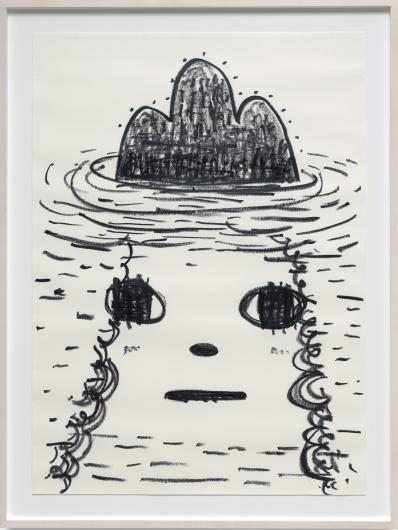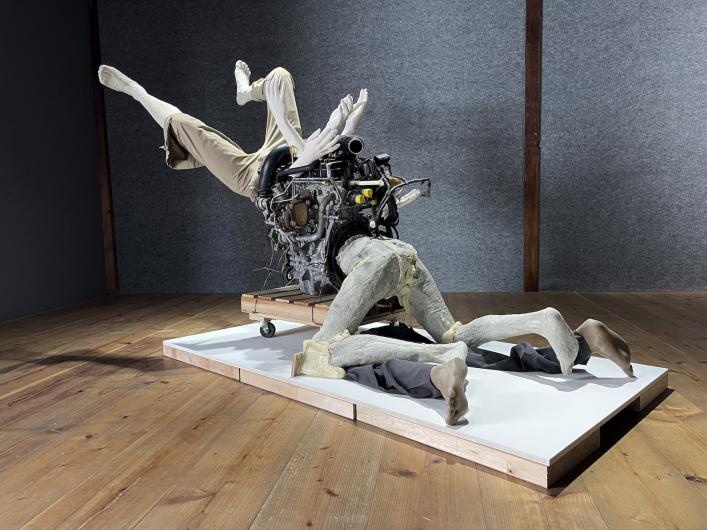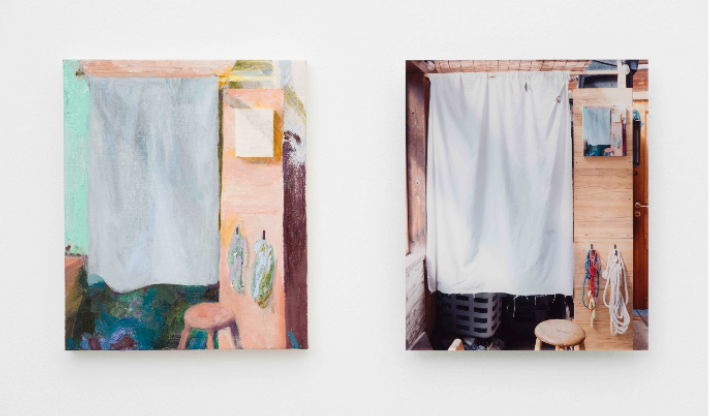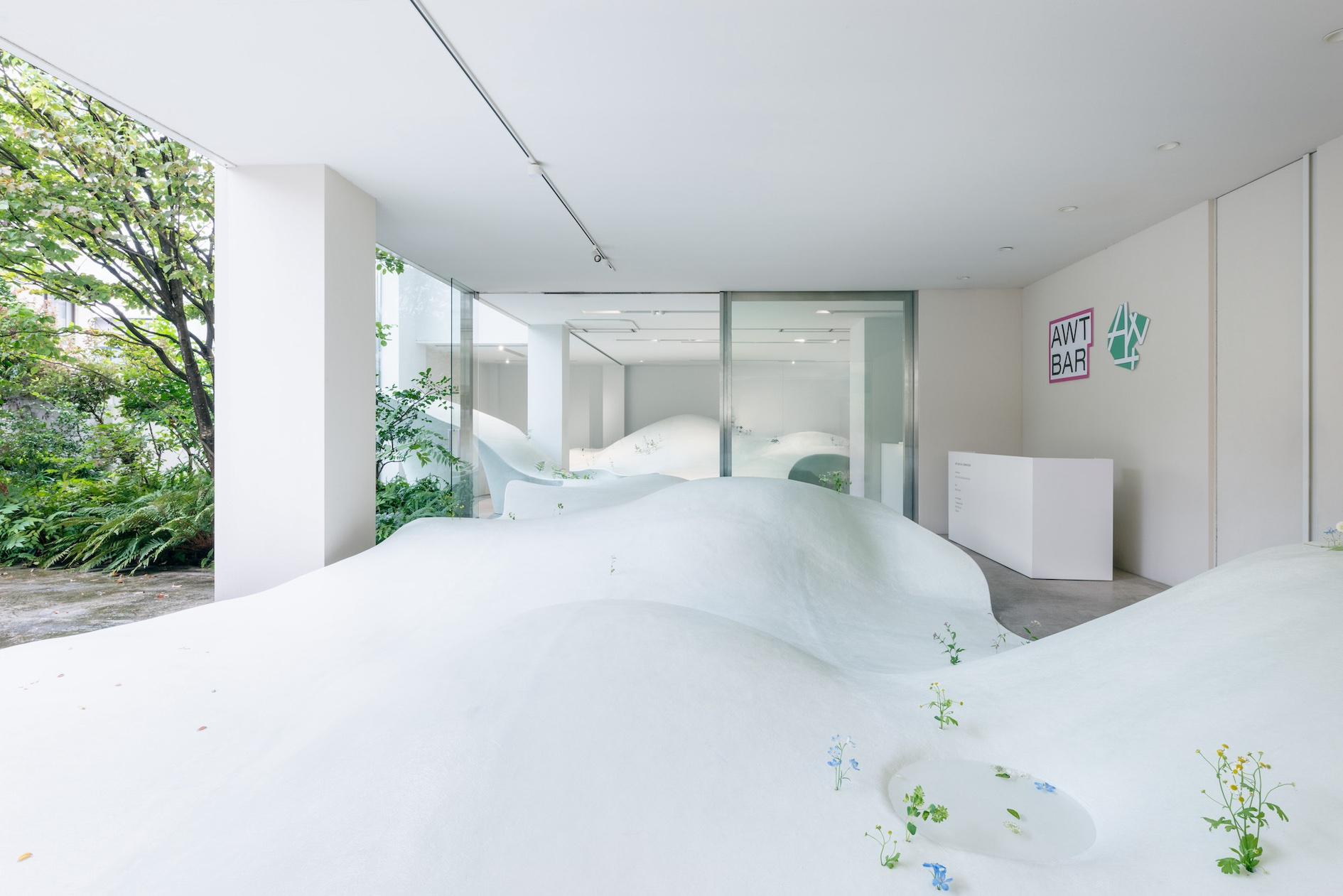
Eiko Tomura, Landscape as Bar, commissioned for the AWT Bar, 2024.
Two ideally organized art events in Japan, Art Collaboration Kyoto (ACK) and Art Week Tokyo (AWT), gave local and international audiences a chance to learn about these cultural capitals in exciting new ways.
Art Collaboration Kyoto (Preview Day, 31 October, and Public Days, 1-3 November) presented a new model of an art fair rooted in the spirit of collaboration alongside Kyoto’s rich history of art and culture. The fourth edition of the fair featured 69 galleries from 18 countries/regions and 24 cities at the Kyoto International Conference Center.
“ACK is committed to creating something that can only be experienced here in Kyoto in this era, together with the power of art and culture,” ACK Program Director Yamashita Yukako shared. “By hosting an international art fair, we aim to raise awareness of Kyoto as an important city in the global art world, in addition to enriching the art ecosystem in Japan and beyond.”
Intriguing projects were presented in historical villas and temples and at some of the city’s strikingly designed galleries, which also participated in the fair. Taka Ishii Gallery, founded in 2023, presented a poetic exhibition of minimalist sculptures by Arte Povera master Ettore Spalletti in its “Kyo-machiya” house, which dates back 150 years. Oscaar Mouligne, founded in 2023, presented conceptual paintings and sculptures by Tokyo-based Norwegian artist Gardar Eide Einarsson in its stylish, pavilion-like gallery, designed by Uoya Shigenori.
Returning for its fourth edition, Art Week Tokyo (Preview Days, 5 and 6 November, and Public Days, 7-10 November) represents an alternative to an art fair, preferring to introduce audiences to the city’s galleries and their artists more directly instead.
Organized in collaboration with Art Basel, this year 53 participating museums, galleries, and art spaces presented a riveting lineup of exhibitions headlined by some of the leading names in Japanese and international contemporary art. Art Week Tokyo platforms welcomed audiences via the hop-on, hop-off AWT Bus to the museums and galleries, curated AWT Focus sales exhibition, AWT Video, AWT Talks, and the pop-up AWT Bar.
“Art Week Tokyo was founded as a new model of an art event, one that combines the collecting element of an art fair with the engagement of an art festival and a commitment to bringing broad audiences to the places where art is happening in Tokyo,” Tokyo gallerist Atsuko Ninagawa, Cofounder and Director of Art Week Tokyo, told Art & Object. “Visitors to Art Week Tokyo come away with a broad idea of the Tokyo art scene, but they will also have deep experiences that wouldn’t be possible for someone on their own – even for local art professionals.”
Notable museum shows included: a major Louise Bourgeois retrospective exhibition at the Mori Art Museum; a retrospective of legendary Japanese pop artist Keiichi Tanaami at the National Art Center, Tokyo; and Yuko Mohri, representing Japan at the Venice Biennale this year, in a solo project at the Artizon Museum.
On the lookout for the best contemporary art at Art Collaboration Kyoto and Art Week Tokyo, Art & Object has compiled a list of our favorite presentations at these two stellar art events in Japan.




